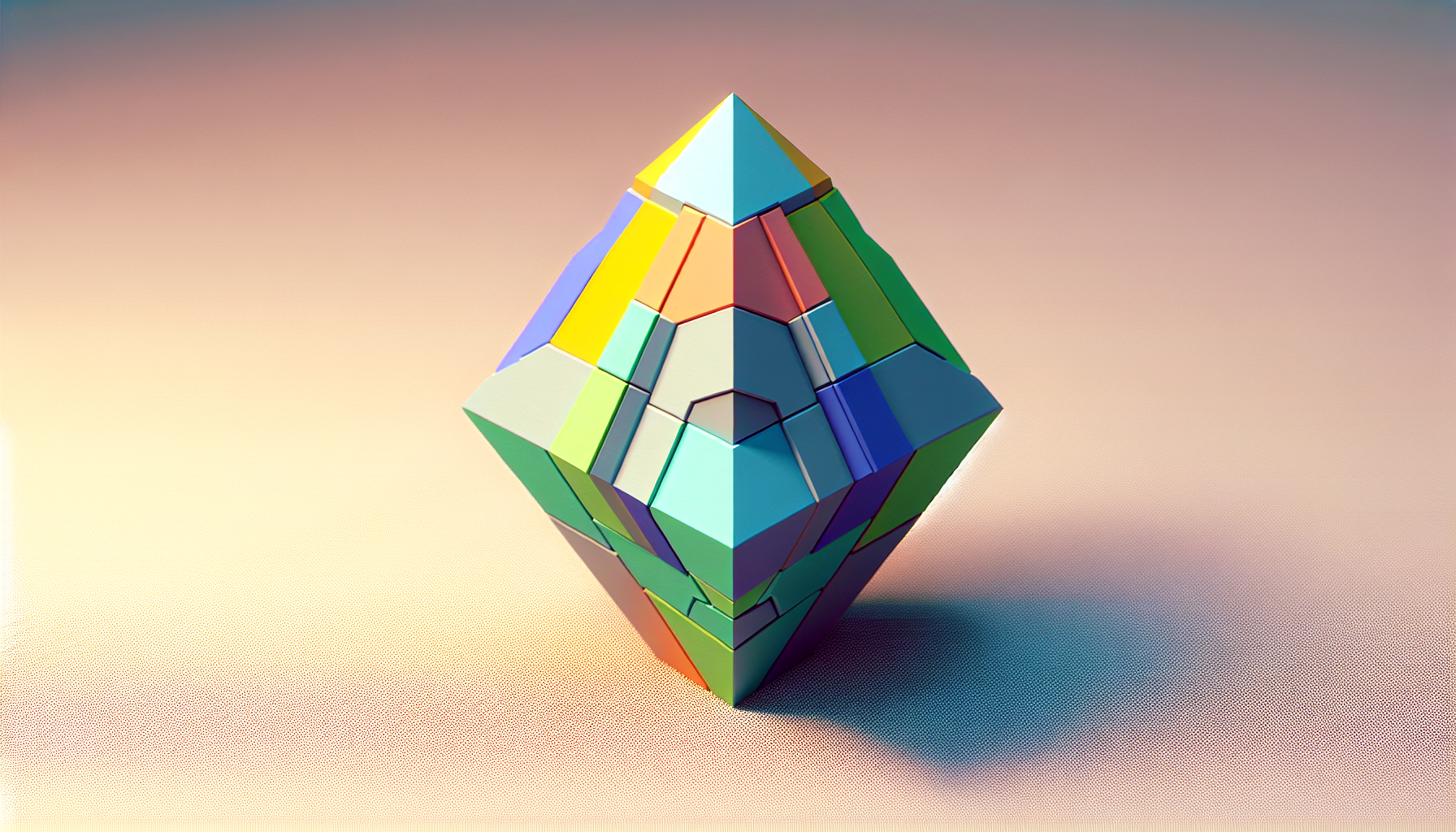Among the innovation front-runners driving this change is the powerful and versatile technology known as 3D printing.
In the world of manufacturing, 3D printing is currently making significant strides, revolutionizing the way products are designed, prototyped, and even produced on a mass scale.
It’s a process of making three-dimensional solid objects from a digital file, which is done by laying down successive layers of material until the object is created.
One of the most promising aspects of 3D printing is its potential to democratize the manufacturing process. With affordable desktop 3D printers becoming increasingly accessible, anyone can now become a creator, designer, or inventor right from their own home.
This accessibility is not just limited to hobbyists but is now extended to entrepreneurs who previously might have found the manufacturing process daunting and expensive.
3D printing also promotes sustainability. Today’s global concerns about the environment and waste reduction are addressed by this technology. Traditional manufacturing methods often involve cutting away excess material, but 3D printing only uses the material needed to create the object, thereby reducing waste. Additionally, many 3D printers use biodegradable materials, contributing further to a greener planet.
The medical field is another sector that is experiencing revolutionary changes due to 3D printing.

From prosthetic limbs to 3D printed tissue and organs, the medical applications are vast and profoundly impactful. Custom-made prosthetics, for instance, can be tailored to an individual’s body and needs, improving comfort, fit, and functionality. This technology is set to offer unprecedented advancements in personalized medicine and patient care.
Adding to the list of benefits, 3D printing allows for increased design freedom. In traditional manufacturing, complexity and customization can significantly drive up costs. However, with 3D printing, producing complex and customized designs is as easy and cost-effective as creating simple ones.
This limitless design potential opens up new realms for innovation and creativity across industries.
In the realm of construction, 3D printing is currently being used to build houses more quickly and at a lower cost than traditional methods.
It also allows for innovative design possibilities and the creation of structures that would be challenging or impossible to build using conventional methods.
Despite its numerous advantages, 3D printing does come with some challenges. Intellectual property concerns have been raised as the ability to copy and create products quickly and easily becomes a reality. Additionally, while 3D printing has the potential to create jobs in some areas, it may also displace others, especially in the manufacturing sector.
Overall, it’s clear that 3D printing is reshaping the world as we know it today, offering groundbreaking opportunities and possibilities across various sectors.
While the technology is not without its challenges, the benefits it brings are undeniably transformative, promising an exciting and innovative future.